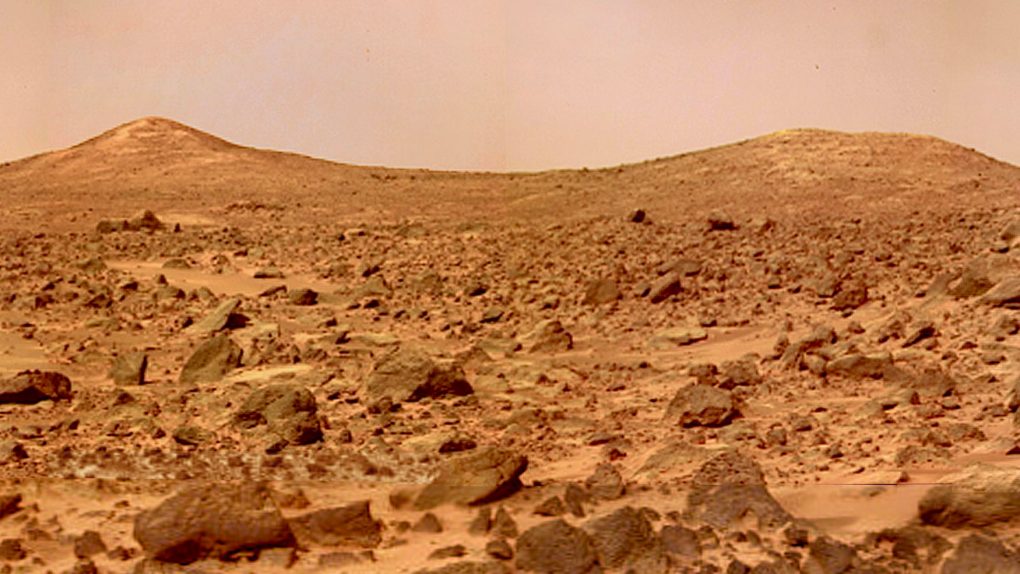- Researchers think they’ve spotted signatures of liquid water hiding out beneath the surface of Mars.
- The south pole in particular is apparently a hot spot for subglacial lakes, according to data from the Mars Express spacecraft.
- Future missions could investigate the claims and provide proof.
Just exactly how much liquid water is on Mars? If you asked that question 40 years ago the answer you got from some scientists may have been “none,” but things have changed a lot since then. More advanced technology and a slew of new research efforts have revealed that there may indeed be water beneath the surface of Mars and, depending on the season, even a bit on the surface itself.
Now, a team of scientists has published a paper in Nature Astronomy suggesting that not only does Mars have a whole bunch of liquid water, but it’s also actually hiding beneath the surface of the planet.
The Mars Express probe has been orbiting Mars for well over a decade now. One of the instruments it has at its disposal is called MARSIS, which is short for Mars Advanced Radar for Subsurface and ionosphere Sounding. That’s a fancy way of saying that it can look inside of things that a simple imaging camera could not, and when it peers at the Martian poles it can see ice and, apparently, water hiding out there.
“The detection of liquid water by the Mars Advanced Radar for Subsurface and Ionosphere Sounding (MARSIS) at the base of the south polar layered deposits in Ultimi Scopuli has reinvigorated the debate about the origin and stability of liquid water under present-day Martian conditions,” the researchers write. “Our results strengthen the claim of the detection of a liquid water body at Ultimi Scopuli and indicate the presence of other wet areas nearby. We suggest that the waters are hypersaline perchlorate brines, known to form at Martian polar regions and thought to survive for an extended period of time on a geological scale at below-eutectic temperatures.”
The water, described by the researchers as brine, would have to be incredibly salty to maintain its liquid state in the frigid conditions of the Martian pole. Even if it were in liquid form, it would be a stretch to imagine life persisting in sub-freezing, salty syrup beneath the surface. A stretch… but not impossible.
In any case, the readings from MARSIS appear to show subsurface lakes, but that’s only one data point, and it’s data from a machine that was launched nearly two decades ago. It’s going to take a bit more for the scientific community to jump on board with this theory, though if it could in some way be proven, it would make the pole a very interesting location for future exploration, either by robots or humans.








